6 Minutes
Ercole Spada is a name that resonates deeply within the world of automotive design. Famed for his visionary styling and a legacy that spans multiple decades, Spada’s bold yet elegant creations have left an indelible mark on classic car culture, luxury sports cars, and modern automotive aesthetics. For car enthusiasts and collectors alike, his work is synonymous with Italian design excellence, performance-driven innovation, and timeless beauty. Let’s take a closer look at five of the most beautiful vehicles designed by Spada, exploring their history, specifications, and unique appeal for today’s automotive marketplace.
The Career and Influence of Ercole Spada
Born in Busto Arsizio, north of Milan, in 1937, Ercole Spada’s fascination with cars started at a young age. After earning an industrial engineering degree from Istituto Tecnico Feltrinelli, Spada entered the workforce and soon after, joined the legendary coachbuilder Zagato. His decade at Zagato saw him shape some of the era’s most memorable sports cars—models that are now treasured by collectors worldwide. Spada’s journey continued as he lent his design prowess to Ford Europe and Audi, before making a major impact at BMW, crafting both the E32 7 Series and the E34 5 Series, which are now icons among classic BMW models.
Five Timeless Classics by Ercole Spada
Alfa Romeo Giulietta SZ 'Coda Tronca'
The Alfa Romeo Giulietta SZ 'Coda Tronca' epitomizes Italian racing style and advanced aerodynamics. In the late 1950s, Alfa Romeo nurtured a comprehensive Giulietta lineup intended for both the road and the track. While the Pininfarina Spider and Bertone Sprint enjoyed some popularity, it was the collaborative effort between Alfa Romeo and Zagato that granted life to the racing-focused Giulietta SZ (Sprint Zagato). After racing mishaps highlighted the need for better performance and aero, Zagato entrusted a young Ercole Spada with the project. Debuting in 1960 with a streamlined, wind-cheating silhouette, Spada’s design was further evolved in 1961 into the unique 'Coda Tronca,' or truncated tail, concept. Only 41 of these 'Coda Tronca' editions were made, and their winning mix of lightweight construction, sheer beauty, and racing pedigree won both on the track and in the hearts of automotive stylists.
Specifications:
- Engine: 1.3L four-cylinder
- Power: ~100 hp
- Top Speed: 120 mph (193 km/h)
- Production: 41 units of 'Coda Tronca' variant Performance-wise, the Giulietta SZ was a force in Gran Turismo races. Its lightweight aluminum construction and Spada’s optimized aerodynamics made it one of the era’s top privateer choices, outpacing heavier rivals and cementing its status as a permanent fixture in classic car events and auctions.
Aston Martin DB4 GT Zagato: Beauty Meets British Power
Unveiled at the 1958 London Motor Show, the Aston Martin DB4 redefined the luxury grand tourer segment. Collaborating with Carrozzeria Touring for its initial design, Aston Martin sought enhanced racing performance by turning to Zagato, resulting in the legendary DB4 GT Zagato. Spada masterfully applied lessons from his Alfa projects, creating a body that was sleeker, lighter, and more purposeful. While the Zagato-bodied version came equipped with a 3.7-liter inline-six ticking out 314 hp, its racing potential was periodically compromised by mechanical reliability issues.
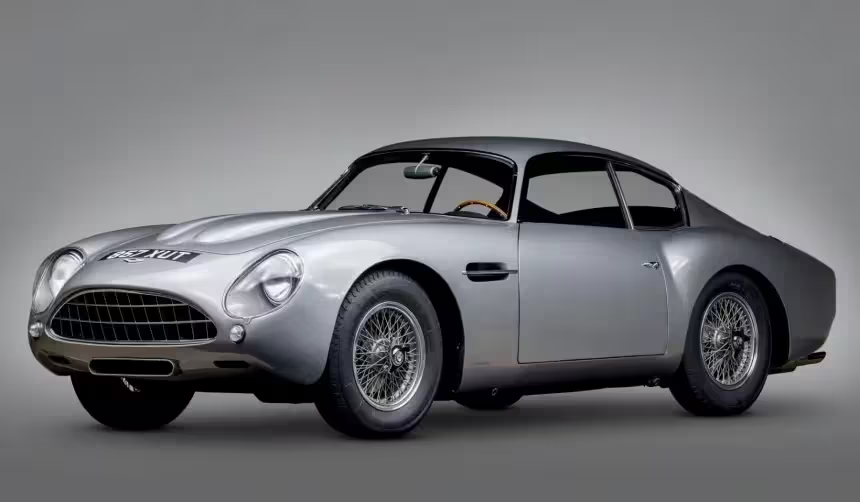
Specifications:
- Engine: 3.7L inline-six
- Power: 314 hp
- Top Speed: 153 mph (246 km/h)
- Production: 19 originals The DB4 GT Zagato is widely acclaimed as one of the world’s most beautiful racing cars. Today, it is a highly coveted collector car, regularly fetching multi-million-dollar bids at prestigious auctions and standing as a paragon of British luxury and Italian coachbuilding finesse.
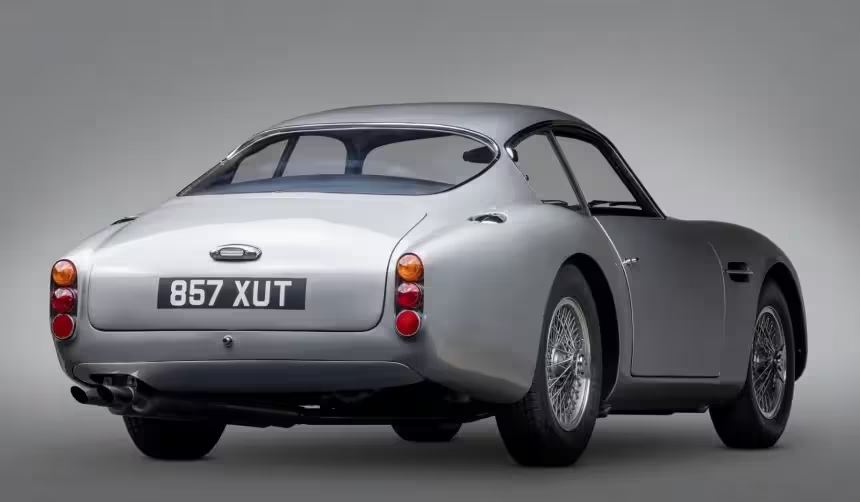
Alfa Romeo Giulia TZ2: The Pinnacle of Lightweight Racing Design
The Alfa Romeo Giulia TZ2 continues the TZ legacy as a masterpiece of engineering and design. Introduced in 1964 at the Turin Auto Show, the TZ2 advanced on its predecessor with an ultra-lightweight fiberglass body—again the work of Spada—which delivered superior aerodynamics and unmatched racing agility.
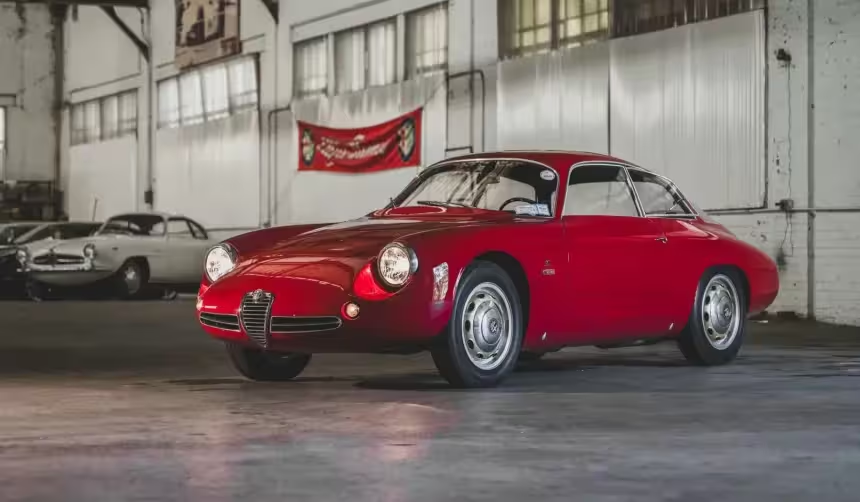
Specifications:
- Engine: 1.6L DOHC four-cylinder
- Power: 170 hp
- Top Speed: 152 mph (245 km/h)
- Body: Fiberglass, coupe configuration As part of Alfa Romeo’s motorsport ambitions, the TZ2 demonstrated exceptional performance at high-speed circuits. Alongside the legendary 33 Stradale, the TZ2 is marked by its iconic "scudetto" grille and flowing contours, remaining one of the most visually striking racing cars ever produced by Alfa Romeo.
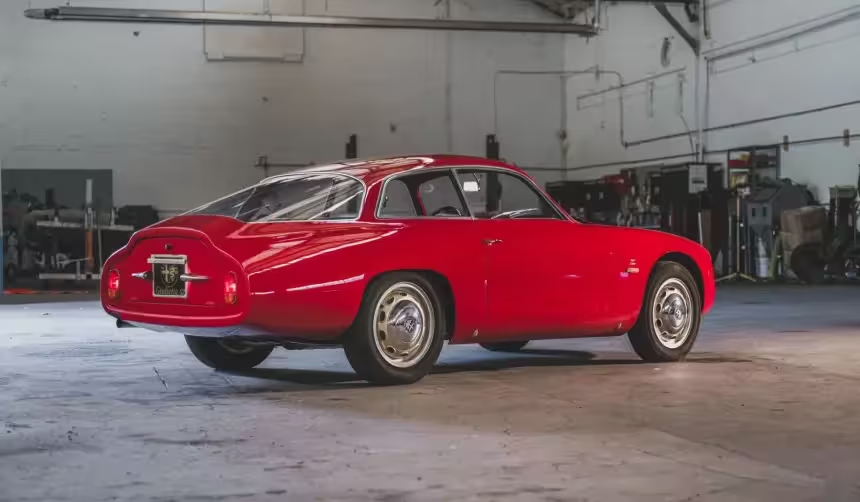
Lancia Flaminia Super Sport: Luxury and Performance Intertwined
The Lancia Flaminia Super Sport was the pinnacle of Lancia’s luxury GT offerings during the 1960s. With initial design work on the Flaminia split between Pininfarina, Touring, and Zagato, it was Spada’s restyle of the Sport variant that produced the influential Super Sport. Debuting in 1964, it combined revised aerodynamics, lighter construction, and a more potent 2.8-liter V6 delivering 150 hp.
Specifications:
- Engine: 2.8L V6
- Power: 150 hp
- Top Speed: 130 mph (210 km/h)
- Body: Aluminum, fastback coupe With its aggressive roofline, refined proportions, and authentic Italian character, the Flaminia Super Sport is widely regarded as one of the most beautiful Lancias of all time. Its rarity, innovation, and style attract discerning collectors who appreciate the marriage of grand touring comfort with elite-level performance.
Lamborghini 3500 GTZ: The Forgotten Prototype Gem
When Ferruccio Lamborghini set out to compete with Ferrari, he aimed to create the perfect grand tourer. The original 350 GT was a remarkable achievement, but some critics felt its Carrozzeria Touring body lacked Italian flair. As a solution, Lamborghini turned to Zagato for a more captivating, athletic look. In 1965, Ercole Spada crafted two unique prototypes—the Lamborghini 3500 GTZ. His design borrowed themes from previous successes like the Lancia Flaminia Super Sport and Alfa Romeo TZ2, merging dynamic lines with an unmistakable presence.
Specifications:
- Engine: 3.5L V12
- Power: ~280 hp
- Chassis: Unique GT platform Unique among Lamborghini prototypes, the 3500 GTZ didn’t proceed to series production, as the automaker subsequently aligned with Bertone for its future masterpieces. Yet, the GTZ remains a beautifully distinctive chapter in Lamborghini history—proof of Spada’s influence in shaping the luxury sports car landscape.
Legacy and Market Positioning
Ercole Spada’s designs have consistently stood at the vanguard of automotive innovation, whether in racing, luxury, or grand touring cars. Each vehicle above boasts not only stunning aesthetics but also race-bred engineering and technical sophistication. Today, Spada-designed classics command premium valuations at global automotive auctions, reflecting their desirability, rarity, and status. They are frequently compared to other coachbuilder icons such as Pininfarina, Bertone, and Touring, yet Spada’s signature blend of purposeful minimalism and functional beauty remains unrepeatable.
For collectors, automotive historians, and supercar enthusiasts, owning a Spada-designed vehicle is a unique opportunity to possess a slice of motoring history. Whether admired for their elegance, celebrated for their achievements on track, or cherished for their unmistakable Italian style, these cars embody everything that makes classic automobiles such enduring objects of desire.
Source: autoevolution


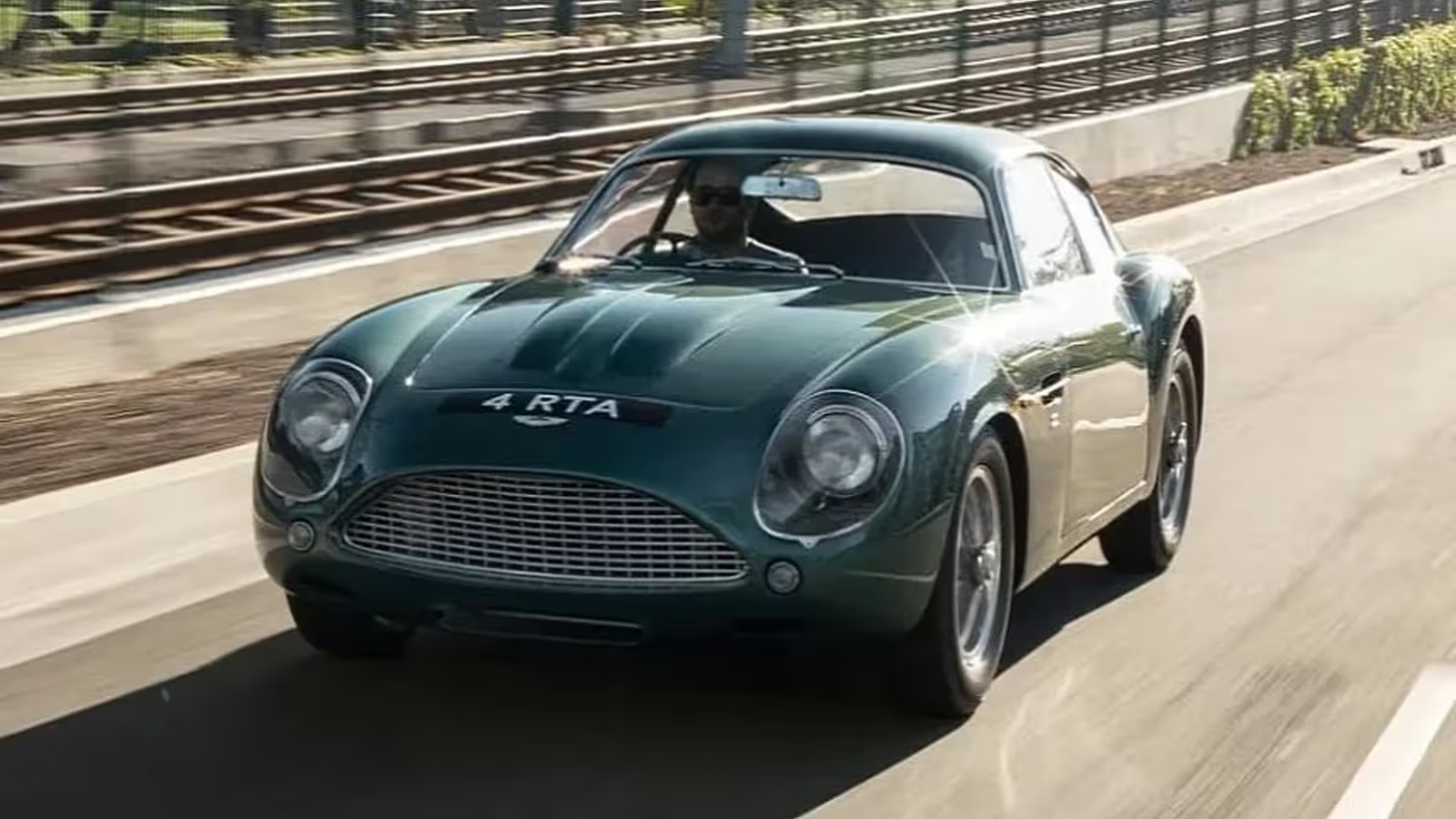
Comments